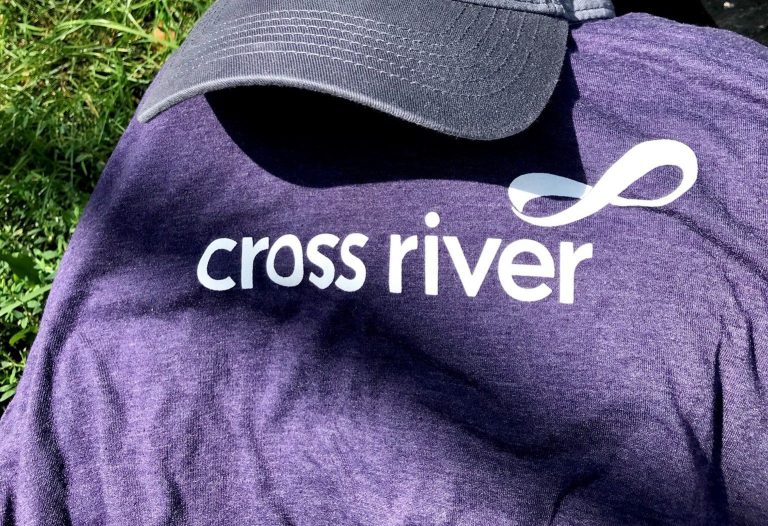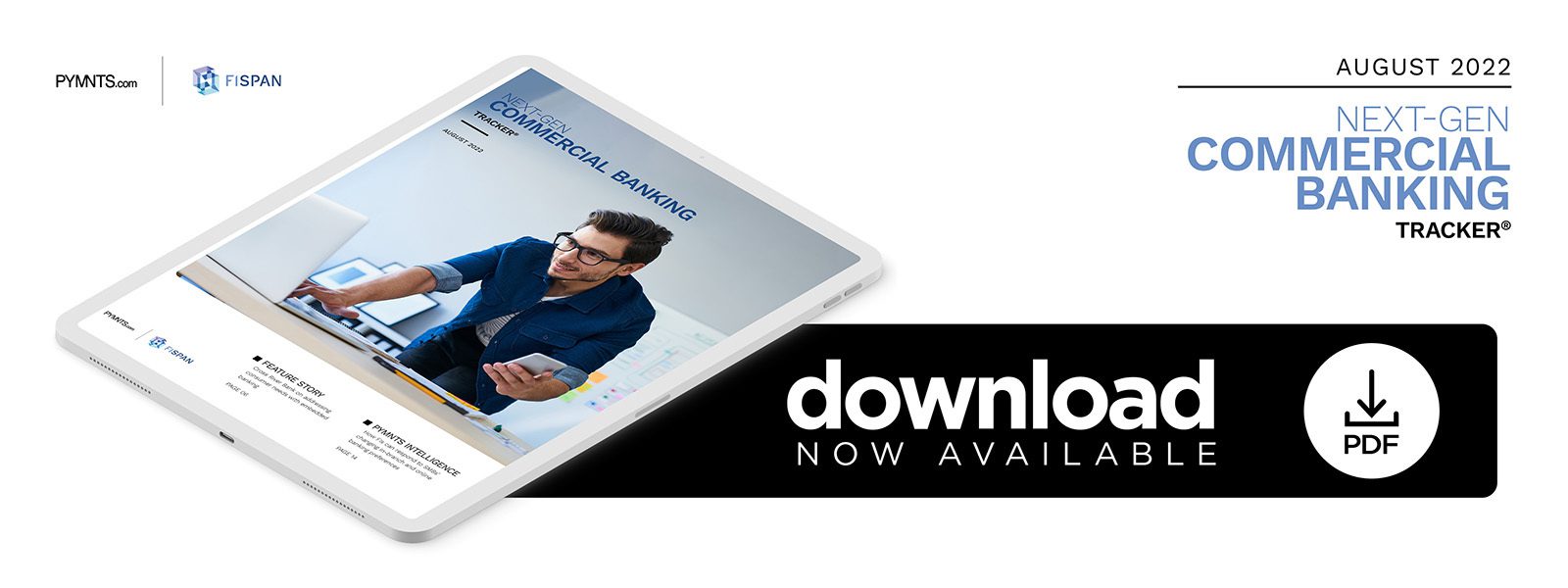Smartphones have allowed nearly anyone, almost anywhere, to connect to the internet, sparking transformations across the business world — especially in banking. Products and services once based in the physical world are now increasingly migrating to digital channels. Though the pandemic rapidly accelerated this process, it actually began years ago.
“When we started nearly 15 years ago, there were a lot of trends we started to see that are everywhere now,” Anthony Peculic, head of cards and banking as a service (BaaS) at Cross River, told PYMNTS in a recent interview.
Cross River was founded in 2008, when neobanks began to emerge. Around this time, Peculic explained, the industry witnessed the birth of innovative money movements such as push-to-card, with companies such as Uber leveraging this innovation to great success by the early 2010s. Soon, solutions that enabled people to pay one another more easily began to proliferate. Cross River’s formation at the beginning of this shift has given it a unique perspective on meeting consumers’ digital needs.
“What we see is, in order to be an effective partner for our customers, we need to provide them with all the capabilities and products they need,” Peculic said.
In-Branch Banking Is Not the Focus
Consumer interest in in-branch banking has plummeted since the beginning of the COVID-19 pandemic. However, for Cross River in-branch banking has long been of secondary importance, stemming from its origins.
“[We opened in 2008,] when [many] traditional banks were closing their doors and branches were shuttering, rendering conventional banking services and loans less accessible to consumers. As a result, Cross River explored innovative technologies to incorporate into the banking system to reach consumers in new ways,” Peculic explained.
In 2010, for example, Cross River entered its first tech partnership, having realized the increasing demand for partnerships with third-party origination platforms.
“We knew a window of opportunity was opening for a nimble, technology-driven bank with aspirations of providing access to credit for consumers who were abandoned by legacy banks,” he said.
FinTechs are catering to consumers who may have relied on traveling to a bank branch by offering them access to credit and other banking services in new ways — an approach Cross River has embraced.
“Cross River’s core business and offerings are in [the digital solutions] space, and much less so in our branches,” Peculic said. “While our original branch still stands today in Teaneck, New Jersey, the banking industry has changed. Fundamentally, I don’t see the physical presence going away. However, I think that there are going to be ways to make it more digital.”
Online Banking and Digital Tools Are Essential
To meet its customers’ needs, Cross River offers a diverse set of products, starting with payments. It provides customers with almost every way to move money, including numerous real-time payment options.
“This allows our customers to … select and use the best methods to get the money where they need to, whether [they are] paying bills, paying businesses or just moving money around accounts,” Peculic said. “All those things come together, and we need to provide all the tools to support that.”
Cross River’s mobile wallet offerings exemplify the bank’s all-encompassing approach. The bank supports all the major mobile wallets, and its customers are using them to such a degree that Peculic views this functionality almost as a requirement. The bank also has a lending platform that supports the decisioning and provisioning aspects of lending, including buy now, pay later (BNPL) services.
Embedded Banking Is at the Core of Meeting Customer Needs
Peculic explained that embedded banking is key to how Cross River meets its customers’ needs. This means providing and integrating — primarily through application programming interfaces and other web-based solutions — various services that look and feel as if they are part of the corporate customer’s brand. These include both day-to-day business solutions and services not traditionally viewed as banking.
Standard BNPL functionality, one of merchants’ most frequently sought-after capabilities, is a notable example. When a merchant’s customer initiates a purchase and selects the BNPL option, that process is made possible by embedded banking.
“It’s embedding banking services into what’s a normal day-to-day [purchasing] process, something that was not traditionally seen as banking,” Peculic noted.
With the financial world awash in digital products, being able to offer the solutions customers need exactly when and where they need them is a growing brand necessity. By allowing merchants and other businesses to add such features to their brands, embedded banking can be a bank’s best friend.





